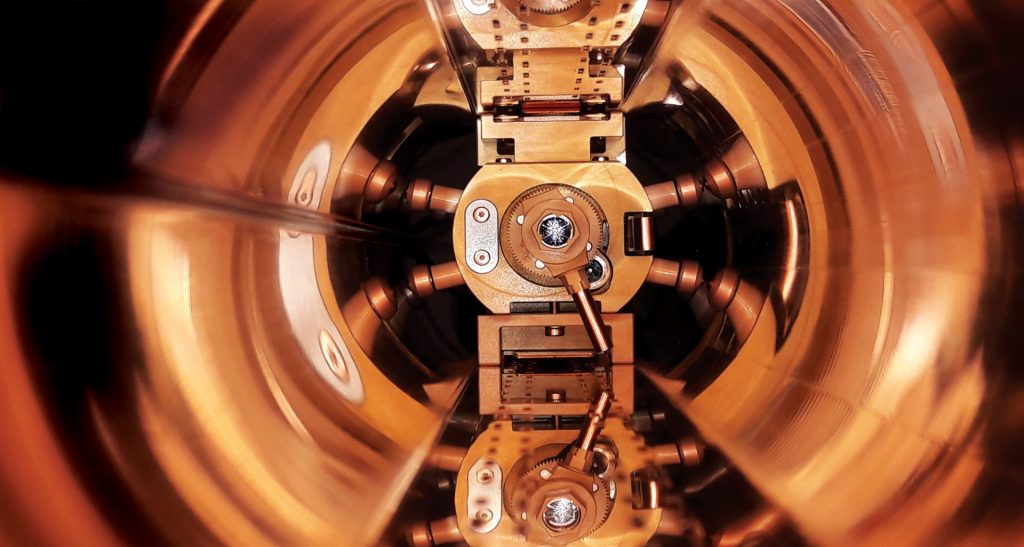A SCOTTISH university is one of the nine UK research organisations to take part in the £26m project looking into upgrading the Large Hadron Collider at CERN.
The University of Dundee is the only Scottish University working on the million pound upgrade of the Large Hadron Collider on the French- Swiss border near Geneva.
Scientists, engineers and technicians are all involved in the collaboration is between the Science and Technology Facilities Council (STFC), CERN.
The Cockcroft Institute, the John Adams Institute, and eight other UK Universities. STFC is contributing £13.05m.
The universities involved in the consortium are the University of Dundee, University of Huddersfield, Lancaster University, University of Liverpool, University of Manchester, University of Oxford, University of Royal Holloway and the University of Southampton.
The lead partner in the collaboration is the University of Manchester. Lancaster University will manage the technical co-ordination of the project.
CERN’s High Luminosity LHC project (HL-LHC), a large international collaboration, will upgrade the LHC by increasing the number of particle collisions by a factor of 10, allowing physicists to learn more about the properties of the Higgs boson and look for evidence of dark matter.

Phase two of the UK project, is focused on delivering essential hardware to the upgraded collider, with many parts expected to come from UK industry.
Essential hardware and project management will be provided by STFC’s Daresbury Laboratory in the Liverpool City Region, in partnership with other project partners and UK industry.
Phase two of the UK project will deliver the final hardware and supporting simulations for the LHC upgrade in five crucial areas.
The first phase of the project developed and delivered equipment to allow the World’s first demonstration of highly innovative ‘crab cavities’ that enable the LHC’s particle beams to be angled to increase the opportunity for collisions, along with many other machine upgrades and studies.
The University of Dundee is leading one of the five work packages, on Laser Engineered Surface Structures.
The beams in the LHC are bunches of positively charged particles (protons) whizzing around at nearly the speed of light.
Due to these bunches being positively charged they attract and pull electrons, which are negatively charged, from the inside of the machine.
When the protons and electrons pass through the dipole magnets, they are steered in opposite directions due to their opposite charge, with the protons continuing in the desired path and the electrons colliding with the inside of the machine.
The inside of the machine has cooled ‘beam screens’ to remove the heat of the colliding electrons, however, this causes a high load on the cooling system.
This is an issue, especially if scientists want more bunches of protons in HL-LHC, as they risk the potential for even more secondary electrons in the machine and therefore higher heat loads, which has huge implications on cost, with more cooling plant required and high ongoing costs.
Minimising the release of secondary electrons will allow researchers to stick with the cryogenic plant that they currently have for an increase in performance.
Professor Amin Abdolvand, Chair of Functional Materials & Photonics, said: “Our laser technique puts microscopic spikes covered in nanostructures into the surface of the beam screen and this acts to trap electrons that are being generated inside the machine.
“Together with CERN and a company from Switzerland, we developed a robot that is only 35mm tall and 140mm long, and can drive autonomously inside the LHC’s beam screens during shutdowns to perform the laser structuring process.
“We have proven our technique in the first phase by treating a beam screen for the Super Proton Synchrotron and tested our approach successfully. In phase two we will be treating a number of LHC beam screens, then eventually getting into the machine itself to treat the critical areas.”

